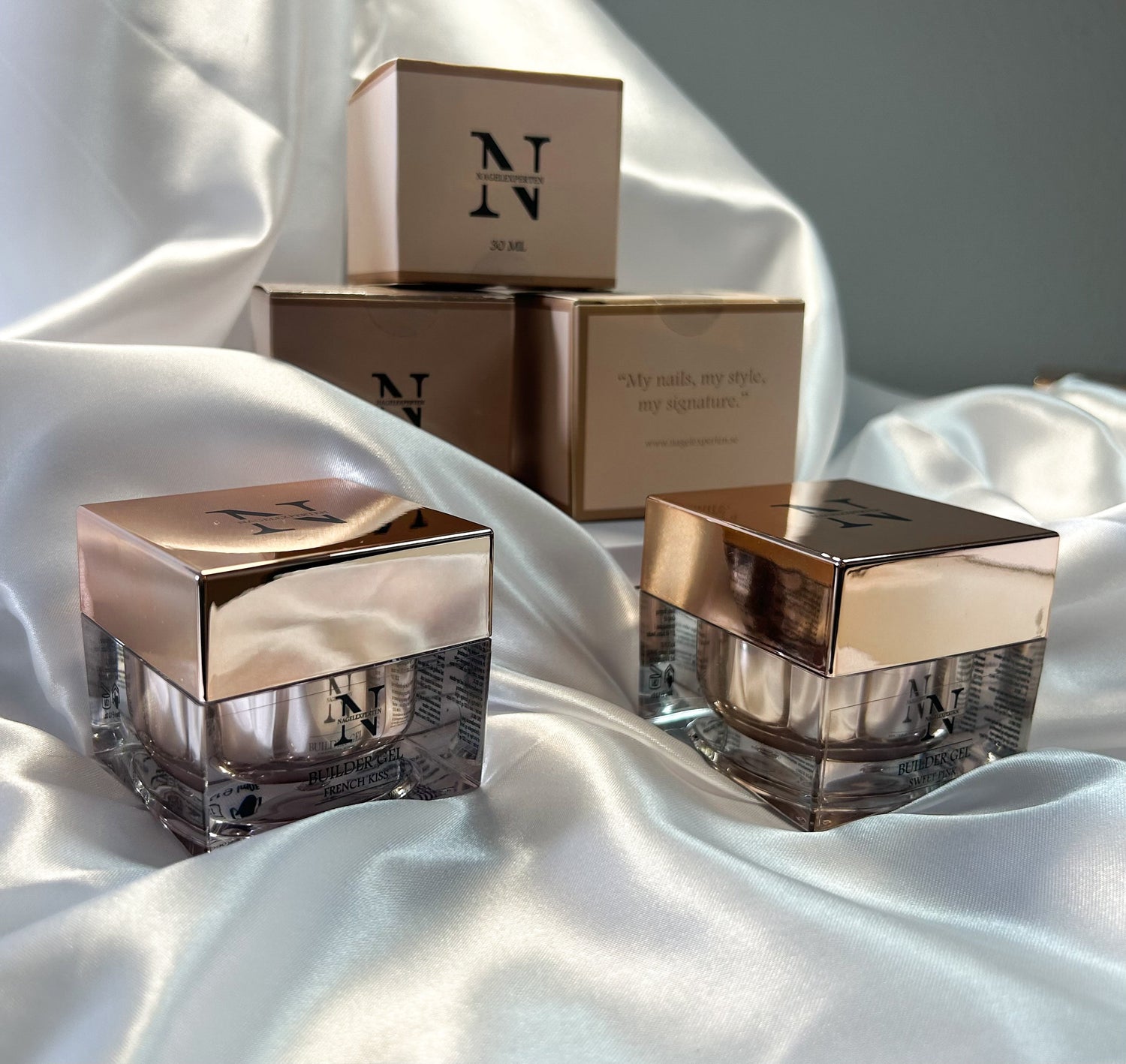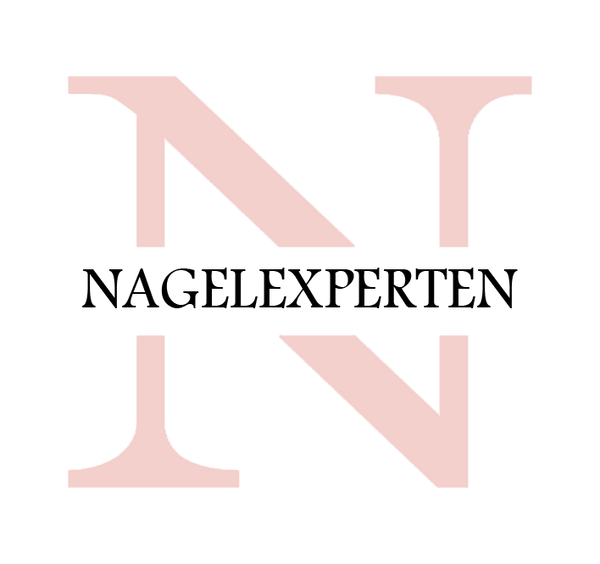UV Gel That Doesn't Cure & Sticky Gel Polish - Facts About Inhibition Layers
When we cure UV gel on the nails, a sticky layer often forms on the surface. This is called the inhibition layer and is formed due to oxygen. The oxygen in the air blocks the growth of the polymer chains and prevents them from getting longer, resulting in a partially cured layer on the surface of the gel. A thin sticky layer after curing is completely normal and can be easily wiped off with cleanser. If the layer is thicker or if your gel becomes bubbly, soft or wrinkled, it is a sign that something has gone wrong in the curing process.
Many people mistake the inhibition layer for a "dispersion film", but this is incorrect. Dispersion layer describes how oils spread on water or concrete, while the inhibition layer is a direct effect of the UV gel curing.
Why is the inhibition layer thicker on some UV gels?
The thickness of the inhibition layer varies depending on several factors:
-
Fast-curing vs. slow-curing UV gel – Fast-curing gels form a thinner inhibition layer as they harden before oxygen has a chance to affect the polymerization process. Slow-curing gels have more time to interact with oxygen, which can result in a thicker layer.
-
UV lamp efficiency – If the lamp does not emit enough UV light or has the wrong wavelength, curing will be slower and the inhibition layer will be thicker.
-
Old or faulty UV lamps – UV lamps weaken over time, so if the lamp is worn out or you have a model that is not compatible with the nail products you are working with, this can lead to uneven curing and thicker inhibition layers.
-
Hand placement in the UV lamp – Incorrect placement can cause certain parts of the nail to receive less UV exposure, resulting in uneven curing and thicker inhibition layers.
How do you prevent a thick layer of inhibition?
To minimize and control the inhibition layer during UV gel curing, follow these tips:
1. Use the right UV lamp and replace the lamp regularly
Make sure to use a UV lamp that is compatible with the gel you are using. Replace the lamp every 12 months if the lamp is used daily to maintain optimal curing.
2. Keep the UV lamp and reflectors clean
Dirty or gel-coated UV lamps can reduce curing efficiency. Clean the lamp reflectors and lamps regularly for best results.
3. Avoid touching LED or UV diodes
Nails touching the UV lamp diodes can reduce their effectiveness. Inform customers to avoid touching the inside of the lamp.
4. Place your hands correctly in the UV lamp
Ensure that the entire hand receives even UV exposure. Repeatedly pulling the nails out of the lamp during curing can lead to an uneven process and thicker inhibition layers.
Why is it important to avoid under-cured UV gel?
Under-cured UV gel can cause serious problems for both nail therapists and clients:
-
Risk of allergic reactions – Insufficiently cured gel can lead to skin reactions upon repeated exposure.
-
Weak nail reinforcement – A partially cured gel is less durable and more prone to lifting or cracking.
-
Dust exposure for nail therapists – Sanding dust from under-cured gel can cause allergies and skin irritations.
Conclusion
A thick inhibition layer is a sign that something in the curing process is not working optimally. By using the right UV lamp, replacing the lamp in a timely manner, cleaning the lamp and ensuring correct hand positioning, you can reduce the risk of a too thick inhibition layer. If you see that the layer is getting thicker than usual, be sure to take steps to improve the curing process according to the advice above.
By ensuring proper UV curing, you can create durable, safe and beautiful nails that both you and your clients will be happy with!

